Description
PTED Access Instrument Set
PTED stands for Percutaneous Transforaminal Endoscopic Discectomy, which is a minimally invasive surgical technique used to treat herniated discs in the spine. The PTED Access Instrument Set is a specialized set of surgical instruments used for this procedure.
The instruments in the PTED Access Instrument Set typically include:
Guiding needle: A long, thin needle used to guide the surgeon to the correct location in the spine.
Dilator: A small tube-like instrument used to gradually enlarge the opening in the spine to provide access to the herniated disc.
Endoscope: A small camera attached to a thin tube used to visualize the inside of the spine during the procedure.
Grasping forceps: Small forceps used to remove the herniated disc material.
Suction: A small vacuum-like instrument used to remove the herniated disc material.
Irrigation: A small tube used to provide a constant flow of saline solution to the surgical site to keep it clean.
Radiofrequency probe: A specialized instrument that uses heat to shrink and seal the herniated disc material.
Microdiscectomy instruments: Small surgical instruments used to remove small fragments of the herniated disc material.
The PTED Access Instrument Set is designed to allow the surgeon to perform the procedure through a small incision in the skin, without the need for a larger incision or muscle dissection. This can result in less pain, faster recovery times, and fewer complications compared to traditional open surgery for herniated discs.
Product Specification
| No. | REF | Specification | Qty. |
|---|---|---|---|
| 1 | 2200-1801 | TOM Shidi (point tip) | 1 |
| 2 | 2200-1802 | TOM Shidi (blunt tip) | 1 |
| 3 | 2200-1803 | TOM Shidi | 1 |
| 4 | 2200-1804 | Manual Cannulated Bone Drill | 1 |
| 5 | 2200-1805 | Manual Cannulated Bone Drill | 1 |
| 6 | 2200-1806 | Manual Cannulated Bone Drill | 1 |
| 7 | 2200-1807 | Manual Cannulated Bone Drill | 1 |
| 8 | 2200-1808 | Manual Cannulated Bone Drill | 1 |
| 9 | 2200-1809 | Ball Handle | 1 |
| 10 | 2200-1810 | Aluminium Box | 1 |
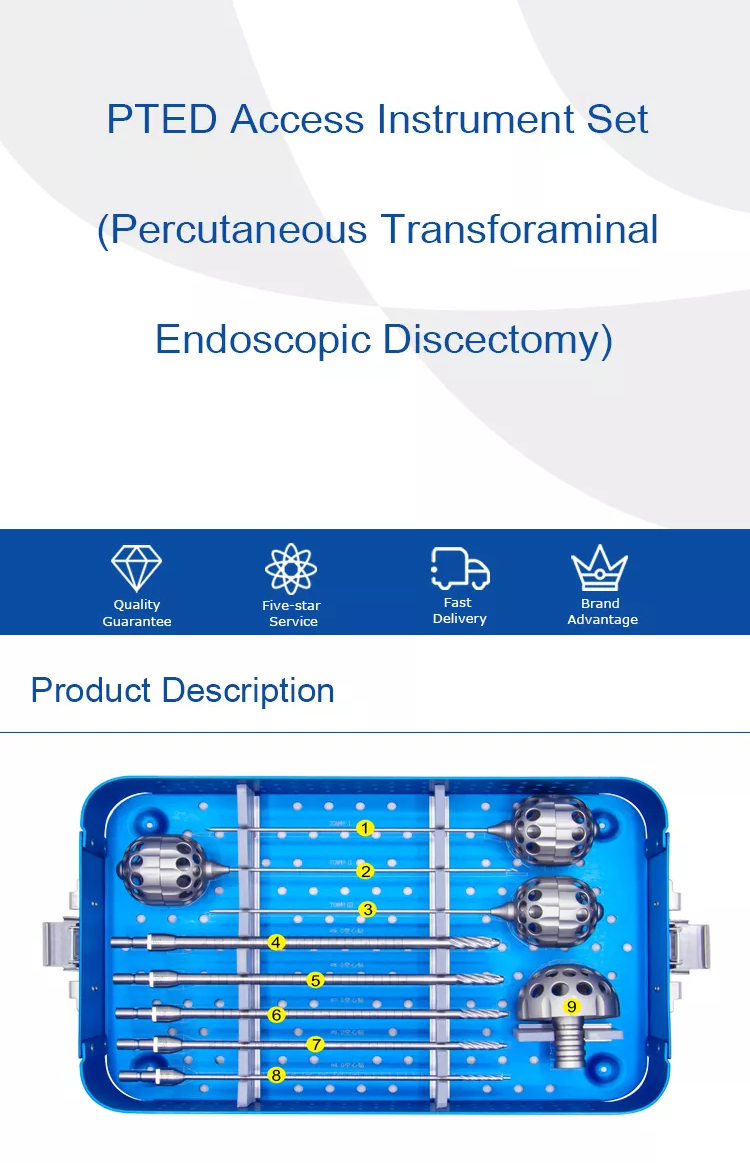
Spinal disorders can severely affect a person’s quality of life, causing pain, limited mobility, and other debilitating symptoms. While traditional open surgery can address these issues, it can also be invasive, causing significant tissue damage, blood loss, and extended recovery time. With the advent of minimally invasive surgery (MIS), patients can now benefit from shorter hospital stays, reduced post-operative pain, and quicker recovery times.
One of the most promising developments in MIS is the percutaneous transforaminal endoscopic discectomy (PTED) technique, which uses a small incision and an endoscope to access and remove damaged discs. The PTED access instrument set is an innovative solution that enables surgeons to perform this procedure with greater precision and efficiency.
In this article, we will discuss the PTED access instrument set in detail, including its components, benefits, and applications.
I. Introduction to PTED Access Instrument Set
The PTED access instrument set is a collection of surgical tools designed to facilitate the PTED technique. It consists of several components, including the endoscope, working sleeve, dilators, cannulas, obturators, and other specialized instruments. These tools work together to provide the surgeon with a clear view of the surgical site and the ability to maneuver through the spinal canal with minimal tissue damage.
II. Components of PTED Access Instrument Set
The PTED access instrument set includes the following components:
A. Endoscope
The endoscope is a small camera that provides the surgeon with a clear view of the surgical site. It is attached to a light source and inserted through the working sleeve.
B. Working Sleeve
The working sleeve is a hollow tube that provides a pathway for the surgical instruments. It is inserted through a small incision and guided to the surgical site.
C. Dilators
Dilators are cone-shaped tools used to widen the surgical pathway. They are inserted through the working sleeve and gradually increase in size to allow the surgeon to maneuver larger instruments.
D. Cannulas
Cannulas are hollow tubes inserted through the working sleeve and dilated pathway. They provide a channel for the surgical instruments and can be adjusted to control the level of tissue disruption.
E. Obturators
Obturators are specialized tools used to maintain the surgical pathway during instrument changes. They are inserted into the cannulas and then removed to allow the next instrument to be inserted.
F. Other specialized instruments
In addition to the components listed above, the PTED access instrument set includes a variety of specialized instruments, including graspers, punches, and cutters, that enable the surgeon to perform the necessary procedures with precision and efficiency.
III. Benefits of PTED Access Instrument Set
The PTED access instrument set provides several benefits over traditional open surgery and other MIS techniques. These include:
A. Minimally Invasive
The PTED technique and the PTED access instrument set allow for a minimally invasive approach to spine surgery. This approach causes less tissue damage and results in faster recovery times, less post-operative pain, and shorter hospital stays.
B. Greater Precision
The use of an endoscope and specialized instruments allows the surgeon to perform the necessary procedures with greater precision and accuracy. This results in better outcomes for the patient.
C. Shorter Operating Times
The PTED technique and PTED access instrument set enable the surgeon to perform the necessary procedures with greater efficiency, resulting in shorter operating times and reduced risk of complications.
IV. Applications of PTED Access Instrument Set
The PTED access instrument set is used primarily in the treatment of herniated discs, spinal stenosis, and other conditions that require the removal of damaged or diseased tissue from the spinal canal. It is also used in the treatment of chronic lower back pain that has not responded to non-surgical treatments.
The PTED access instrument set can be used in both cervical and lumbar spine surgery, providing surgeons with a versatile and effective tool for a wide range of spinal procedures.

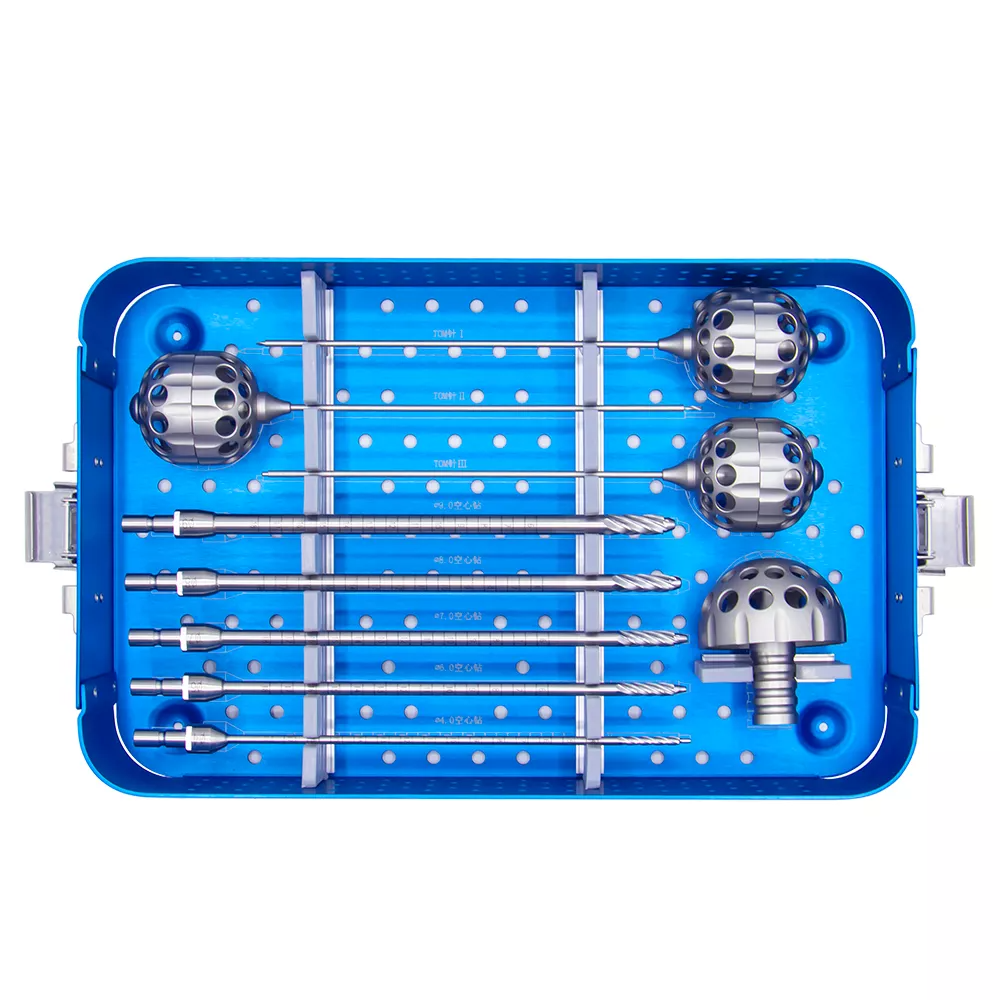
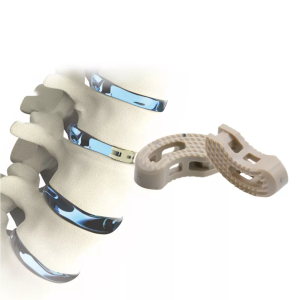
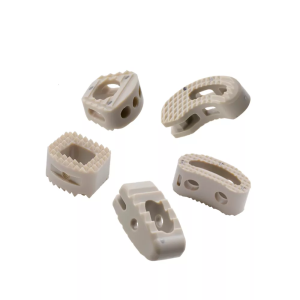
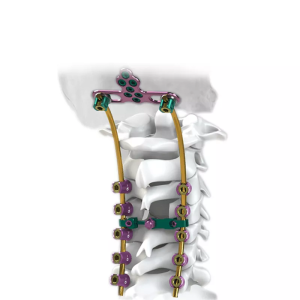
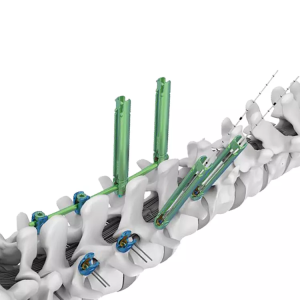
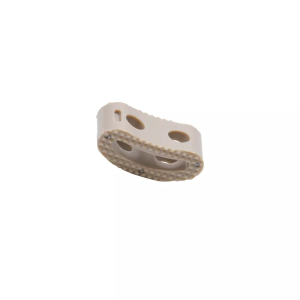
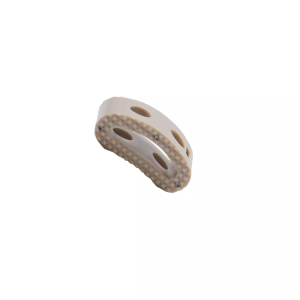
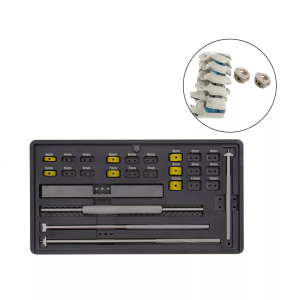
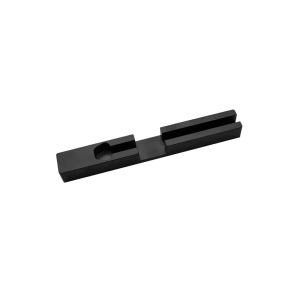
Reviews
There are no reviews yet.